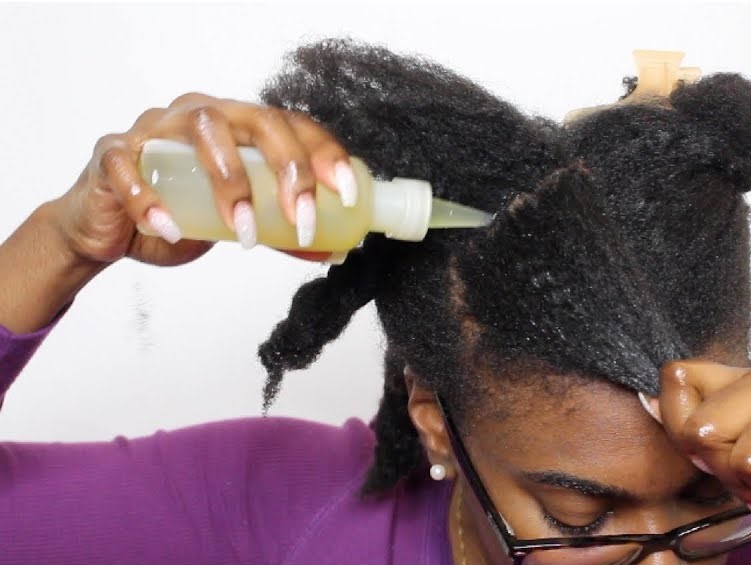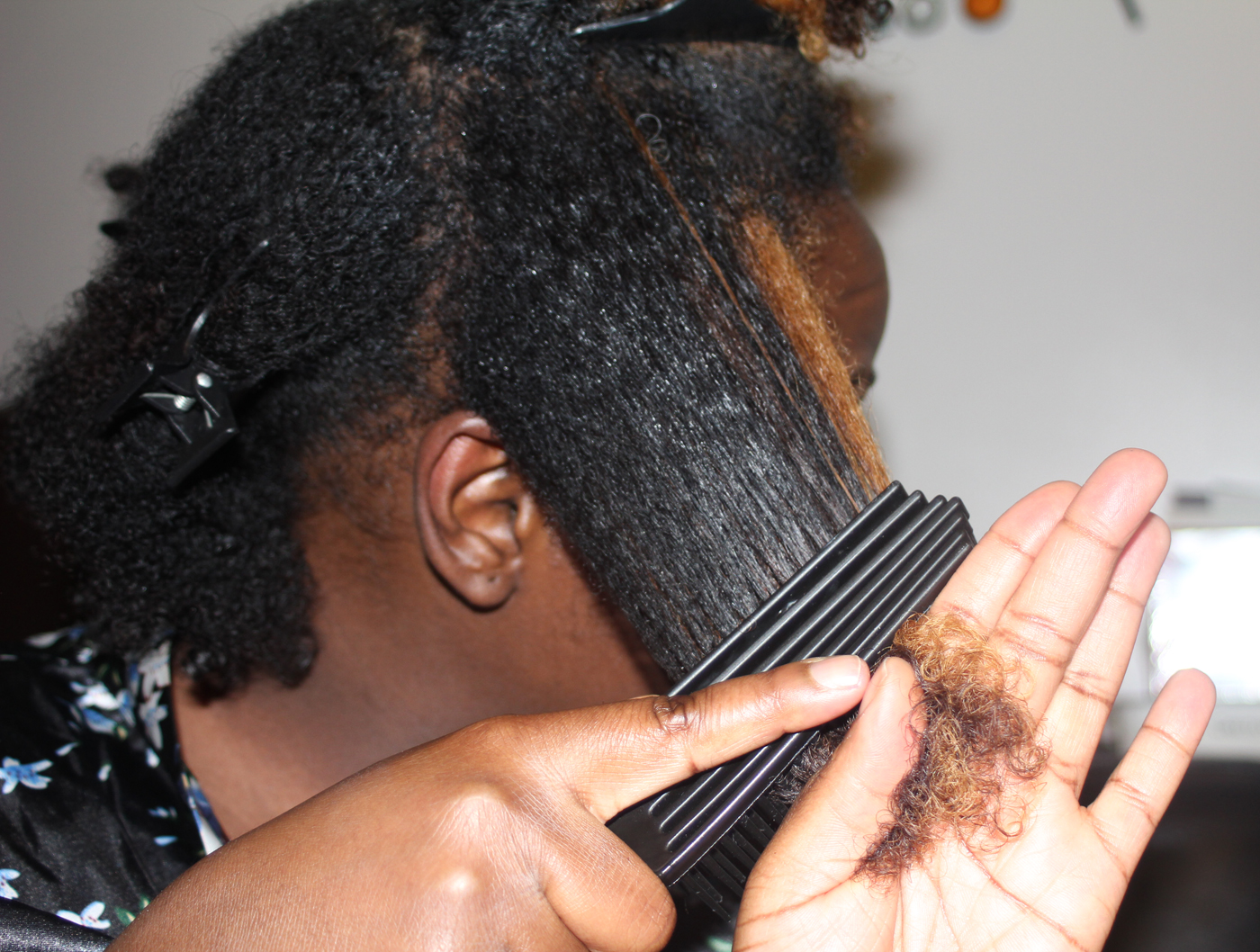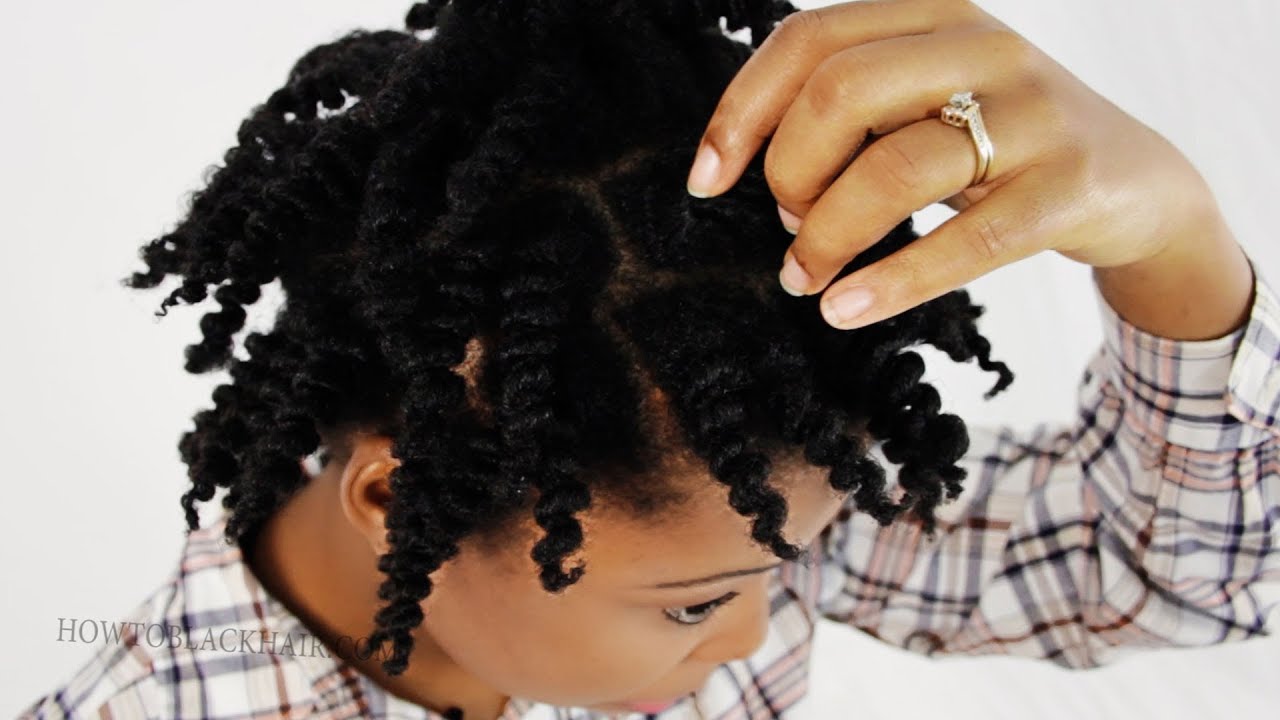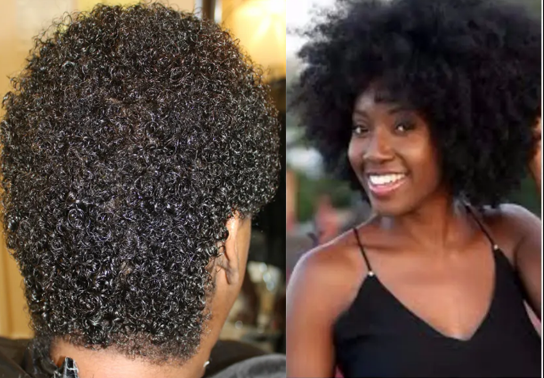Are you tired of chemically treating your hair and longing to embrace your natural texture? Transitioning to natural hair can be an exciting and liberating journey. However, it’s essential to approach it with care to minimize damage and promote healthy hair growth.
Here are some valuable tips on how to transition to natural hair without damaging your precious strands.
Be patient with the process
Transitioning to natural hair is a gradual process that requires patience. Understand that your hair will go through different phases as you grow out your natural texture. Embrace the journey and celebrate each milestone along the way.
Trim regularly
To get rid of damaged and split ends, consider scheduling regular trims. Trimming prevents further damage from progressing up the hair shaft, ensuring healthier and stronger hair overall.

Moisturize
Natural hair tends to be drier than chemically treated hair, so moisture is key. Invest in a good moisturizing routine using water-based products and seal in the moisture with natural oils or butters. Deep conditioning treatments are also highly beneficial for maintaining hydration.
Protective styling
Protective styles like braids, twists, buns, and updos help protect your hair from daily manipulation and reduce breakage. However, ensure that the styles are not too tight or pulling on your hair, as this can cause tension and damage.

Detangle carefully
When detangling your transitioning hair, be gentle to avoid excessive pulling and breakage. Start from the ends and work your way up using a wide-toothed comb or your fingers. Consider applying a leave-in conditioner or detangling spray to ease the process.
Avoid heat styling
Excessive heat can cause damage and weaken your hair. Minimize or eliminate the use of heat styling tools like flat irons, curling wands, and blow dryers. If you must use heat, apply a heat protectant spray and keep the temperature low.

Practice low-manipulation styling
Reduce the frequency of combing, brushing, and manipulating your hair. Over manipulation can lead to breakage and setbacks in your transition journey. Embrace styles that require less manipulation, such as braid-outs, twist-outs, or wash-and-go styles.
Research and learn
Educate yourself about your hair type, porosity, and specific needs. This knowledge will help you make informed decisions about products, techniques, and hairstyles that will work best for your natural hair.
Seek support and inspiration
Join online communities, where you can connect with others on a similar journey. Share experiences, seek advice, and draw inspiration from those who have successfully transitioned to natural hair.
Remember, transitioning to natural hair is a personal journey, and there’s no one-size-fits-all approach. What works for someone else may not work for you, so listen to your hair and make adjustments accordingly.


